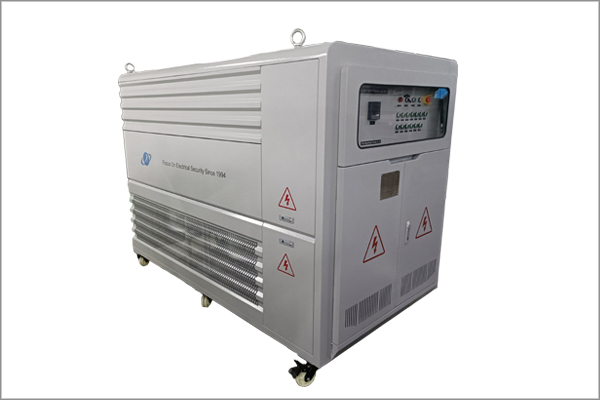Electronic load selection needs to be aware of these points
Electronic loads are not exactly equivalent to normal loads.
Electronic loads have testing functions. This is the hardware used to simulate the electrical environment of other electrical equipment. Simulation state parameters can be modified arbitrarily to test a variety of conventional conditions and restricted electrical equipment.

1000kw load bank
The selection of electronic load should pay attention to some points:
1. Voltage, current, power selection, precision and resolution selection. Select voltage, current, power accuracy and electronic load resolution according to the test source (power supply, battery, charging pile).
2. Basic features. There are 3 to 6 electronic load programming modes on the market. Most electronic loads have four basic programming modes: constant current, constant voltage, constant resistance and constant power. Select the appropriate electronic load function based on the source to be tested.
3. Dynamic loading. Change slope: As the electronic load changes, the change rate changes from 10% to 90% of the change and the unit A/mS changes to CC state A/uS. Response time: The minimum time to change the electronic load. Dynamic (transient) frequency of electronic load: dynamic frequency (including only one rising edge or one falling edge, or only changes per unit time), including transient frequency (period with rising edge + falling edge).
4. Sequence function, sequence function allows you to complete the measurement of the entire quality parameters of the product by combining many steady state Settings in chronological order to perform the measurement process. This feature greatly simplifies tedious setup and reduces testing effort. Storing Settings and calls greatly simplifies operations.
5. Analog load (external programming input), a set of features used to implement more complex electronic load changes. Dynamic load is a load function that simulates trapezoidal wave variation and greatly extends the implementation of electronic load.
6. Protection function selection, which can be customized according to the actual needs of users.
